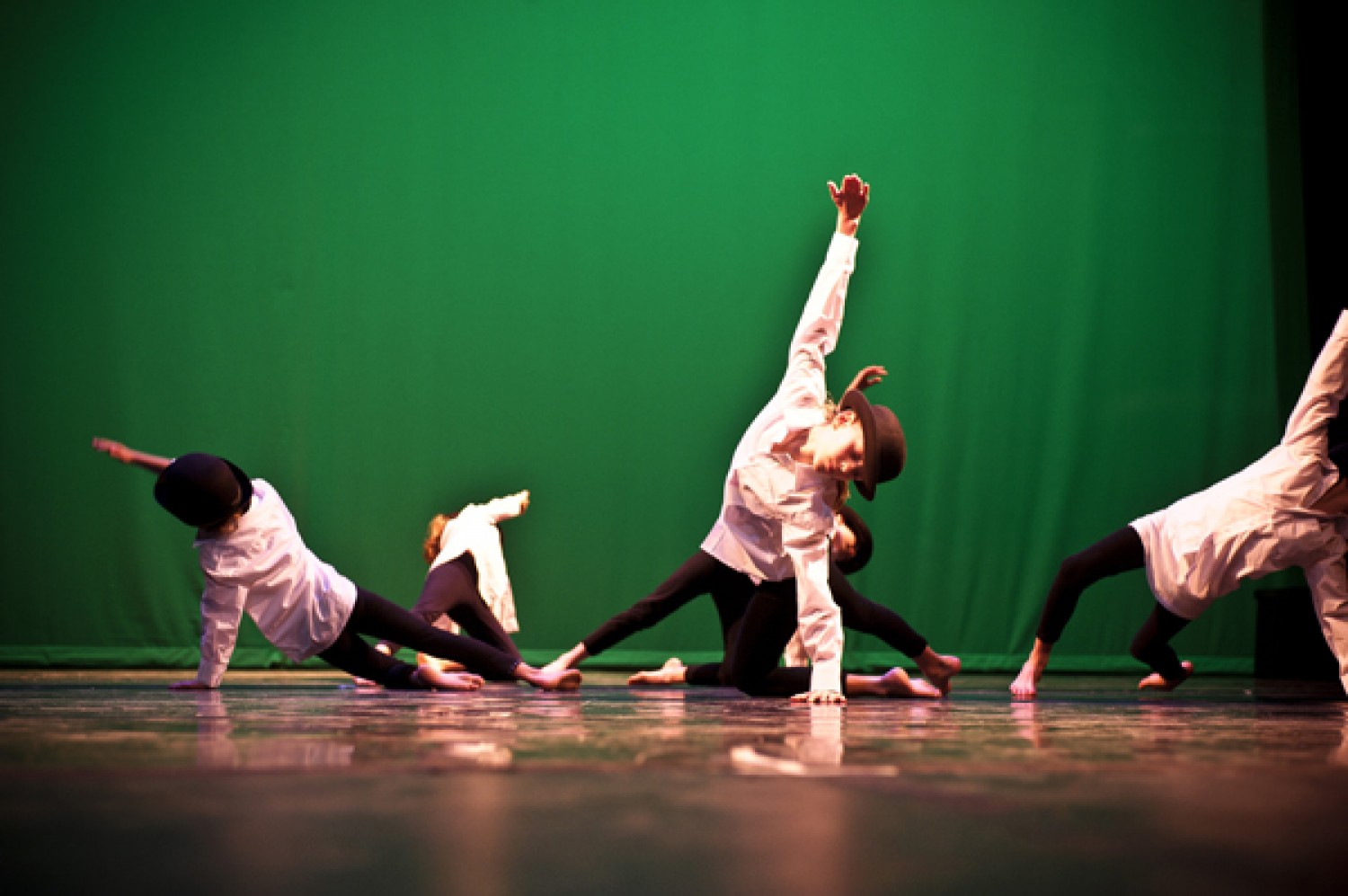Learning by the Numbers

Not all of us see dance in terms of visuals or feelings. There are many who take a more mechanical view, perceiving dance in terms of degrees, angles, or fractions. Dance for these people is a cerebral experience, more about problem solving than getting in touch with their emotional side.
Sound familiar?
The advantage of this kind of learning is that it’s very precise… And good dancing is all about precision. The key is to stay in touch with your body while you move. So, how do we use this learning style to our advantage?
Find a form of measurement you’re comfortable with.
Did you turn three eighths to the left, 135 degrees, or from north to southwest, like a compass? We all have certain units of measurement we’re most familiar with, often because we work with them regularly in our jobs. I even heard of one student who described how fast he moved in terms of nautical miles! Guess he was a sailor…
Learn how to convert.
The reality is most instructors have their own units of measurements, so learn how to convert theirs to yours. You might make a conversion table that translates each direction they give. Or you could rehearse your movements while using their measurements, then your own. The faster you can convert, the more you’ll get out of each lesson.
Visit your body from time to time.
Your mind is a powerful tool, but living in it constantly will disconnect you from the reality of your movement. Here’s a simple example: I know many students who use counting as a way to stay on time with the music. The problem is, some of them get so focused on their counting that they lose touch with the music altogether!
To avoid this, practice bouncing your attention between your mind and body (or music), to make sure what you think you’re doing matches up with what’s actually happening. Over time, the two will become more and more in sync.
The best dancing cannot be measured.
Analytical thinking, like metaphors, only take you so far, because truly authentic dancing – that is, the dancing that brings the most pleasure – cannot be simply mapped out. Sometimes, a certain ‘margin of error’ is acceptable, because there will always be something unexpected: a slippery floor, a change in the music, a sudden lead.
Real life is messy, and strange as it may sound, adding a little messiness into our dancing can be just what it needs to become something truly remarkable. Next week, we’ll jump to the other side of the spectrum and look at you emotional learners!
About the Author
Ian Crewe has been dancing ballroom for over 18 years, and has a Licentiate in American smooth and rhythm. His passion for dance eventually led him to blogging and the World Wide Web. Ian currently teaches at the Joy of Dance Centre, Toronto, ON, Canada.

